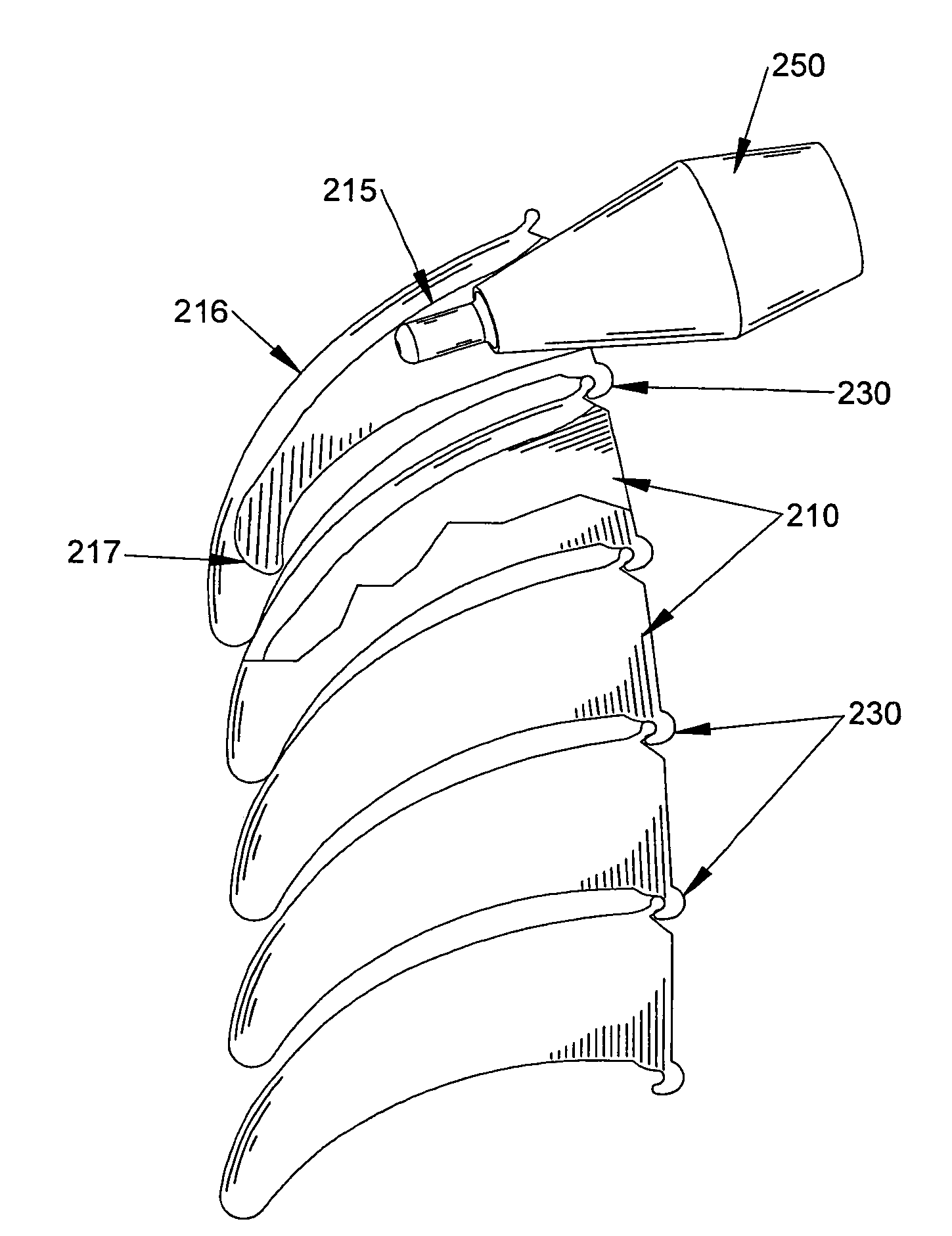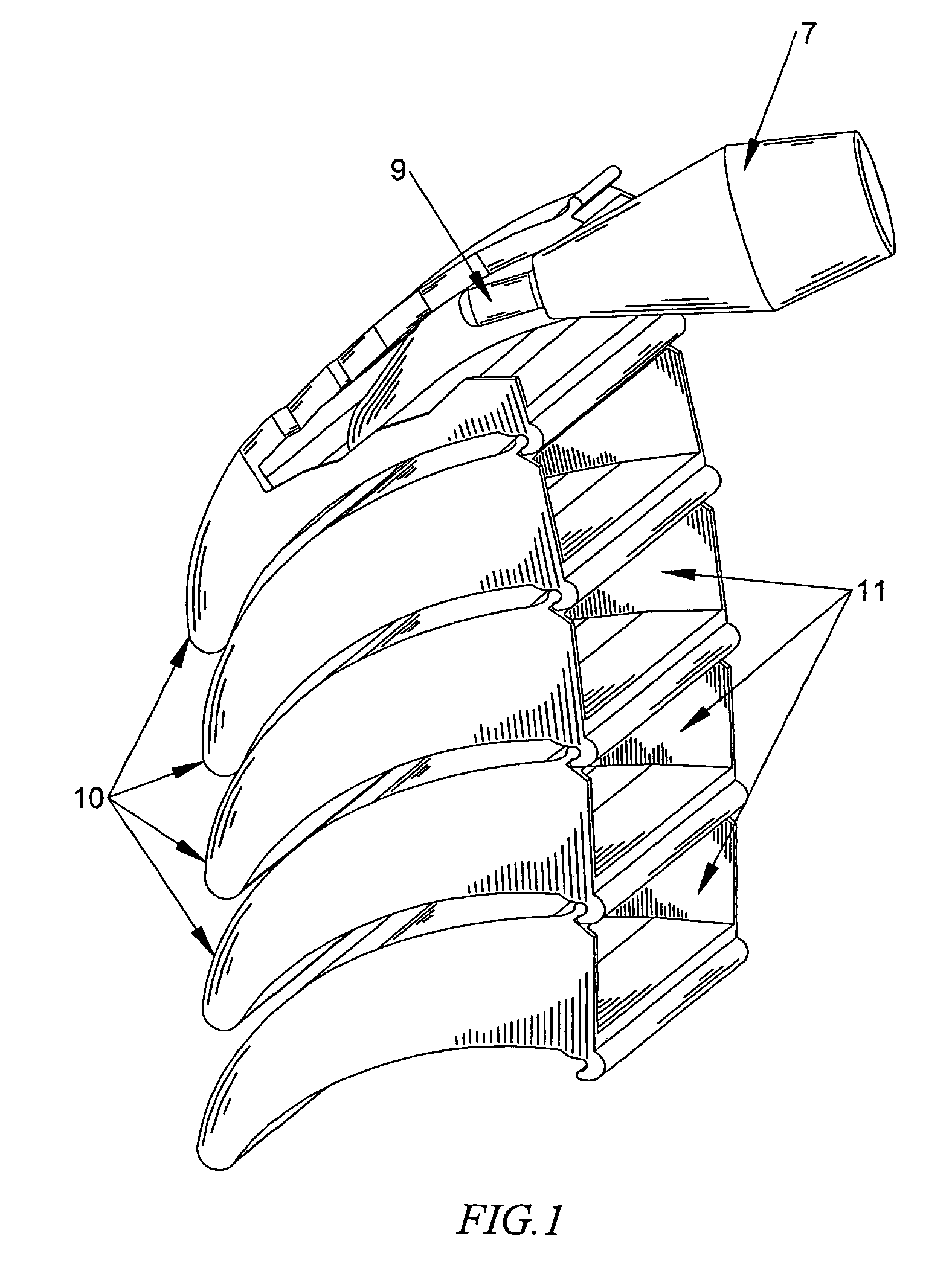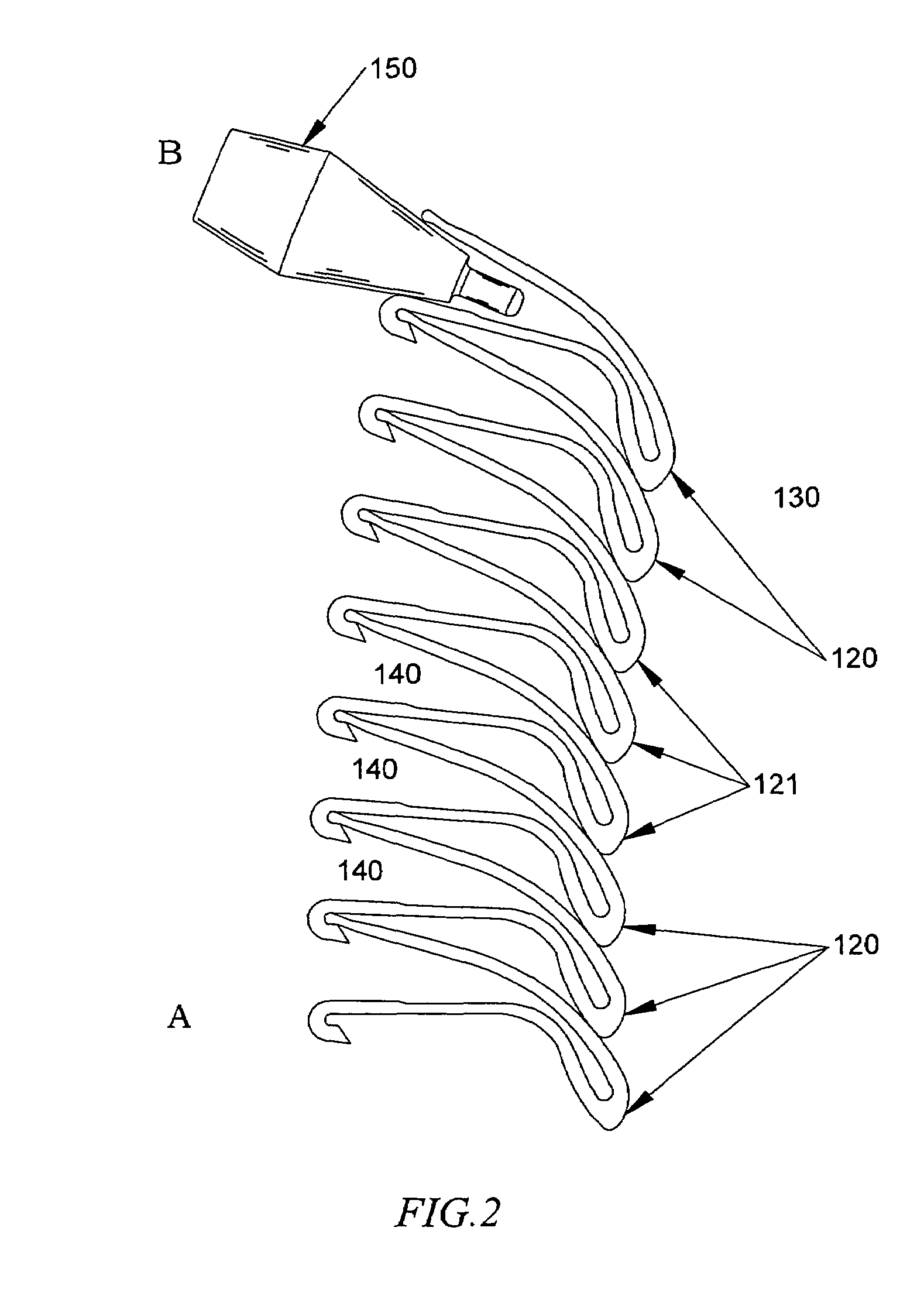Enhanced light weight armor system with deflective operation
a light weight armor system and deflective technology, applied in the direction of shields, reactive armor, transportation and packaging, etc., can solve the problems of not being able to protect using the same techniques, unable to achieve uniform materials, and producing far greater forces
- Summary
- Abstract
- Description
- Claims
- Application Information
AI Technical Summary
Benefits of technology
Problems solved by technology
Method used
Image
Examples
Embodiment Construction
[0023]One of the limitations of lightweight armor is that by its very nature it has a low capacity to absorb and dissipate large amounts of heat and kinetic energy. Shaped-charge weapons produce both high heat and high kinetic energy. As the charge slides along or penetrates the armor some of the kinetic energy is converted into heat melting or vaporizing the impacted armor materials. It is preferable to deflect the jet stream rather than attempt to stop it. Current ceramic armor systems that are most effective utilize sloped plates to accomplish this. Ceramics can withstand the high energy loads, but they are heavy and brittle.
[0024]The invention utilizes a complementary doubled-layer armor system to protect a vehicle from a HEAT warhead. Referring to FIG. 1, the first component of the armor system is the outer section of hinged, interlocked rotatable containers 10. The containers are designed to minimize the possibility of the warhead fuse 9 detonating or the jet penetrating into ...
PUM
 Login to View More
Login to View More Abstract
Description
Claims
Application Information
 Login to View More
Login to View More - R&D
- Intellectual Property
- Life Sciences
- Materials
- Tech Scout
- Unparalleled Data Quality
- Higher Quality Content
- 60% Fewer Hallucinations
Browse by: Latest US Patents, China's latest patents, Technical Efficacy Thesaurus, Application Domain, Technology Topic, Popular Technical Reports.
© 2025 PatSnap. All rights reserved.Legal|Privacy policy|Modern Slavery Act Transparency Statement|Sitemap|About US| Contact US: help@patsnap.com



